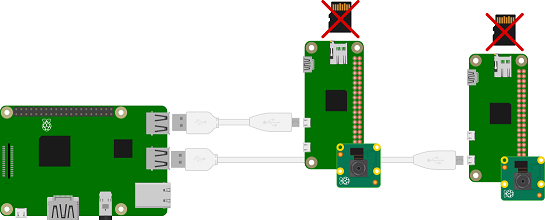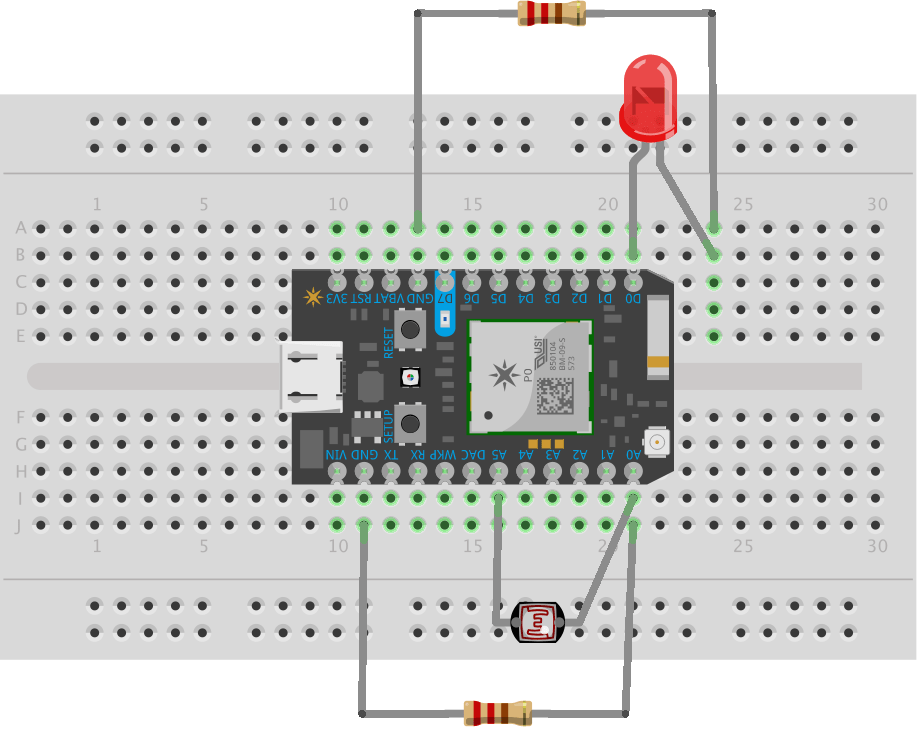

To accees it, from within Wyliodrin STUDIO, just click the Question Mark button on the right side of the Raspberry Pi Simulator tab, right under the tab list. You can find documentation about these libraries in the tutorial on How to use WyliodrinSTUDIO Simulator. In order to control the simulated hardware components, you can choose between two well-known libraries: onoff and lcd. In regard to software, the programming language currently supported is JavaScript, but we intend to include Python support as well. If you want to have a better control over the hardware part of your project, you can create your own schematic using Fritzing. You can choose between various predefined circuits. However, we are working hard to extend it to other languages and libraries. Currently, the simulator is quite restrictive one, allowing the use of only two JavaScript libraries. Users are able to mirror the behaviour of LEDs turning on and off, buttons being pressed and 16x2 LCD screens. This gives users the posibillity to simulate the output of a code running on a Raspberry Pi. For this problem, our team came up with a solution: the Raspberry Pi Simulator. But not every user is able to purchase such devices, or maybe they want to test their code before running it, in order to be sure that no hardware components will be destroyed. You can even upload from within the Fritzing app.Wyliodrin STUDIO makes it easy to program and develop applications using a Raspberry Pi and a bunch of peripherals, such as LEDs, buttons and others. Possibly my favorite part of Fritzing is the “code” view, which is a mini embedded IDE for your Arduino code. This is a mess to start with, but you can move components around, click on AutoRoute and voila you have a printable PCB. Make an exact digital replica of your physical breadboard, then tab over to the PCB view. The idea of Fritzing is simple, you start with the breadboard screen – simply search and drag in your components from the menu on the right. I hear the latest version has fixed some annoying bugs which crop up from time to time. I plan to as soon as is possible financially. Please do support the developers at if you can.


If you are like me, however, and have neither the money nor the time it takes to compile the software, you are in luck, as the software is available for free. You can also compile it yourself from source: GitHub Repo.

This is the paid version, currently available from $8. The latest version is available for all platforms on the site. From breadboard to complete printable PCB the user-friendly interface helps with learning electronics.Fritzing is the best circuit creating tool for beginners, hands down.


 0 kommentar(er)
0 kommentar(er)
